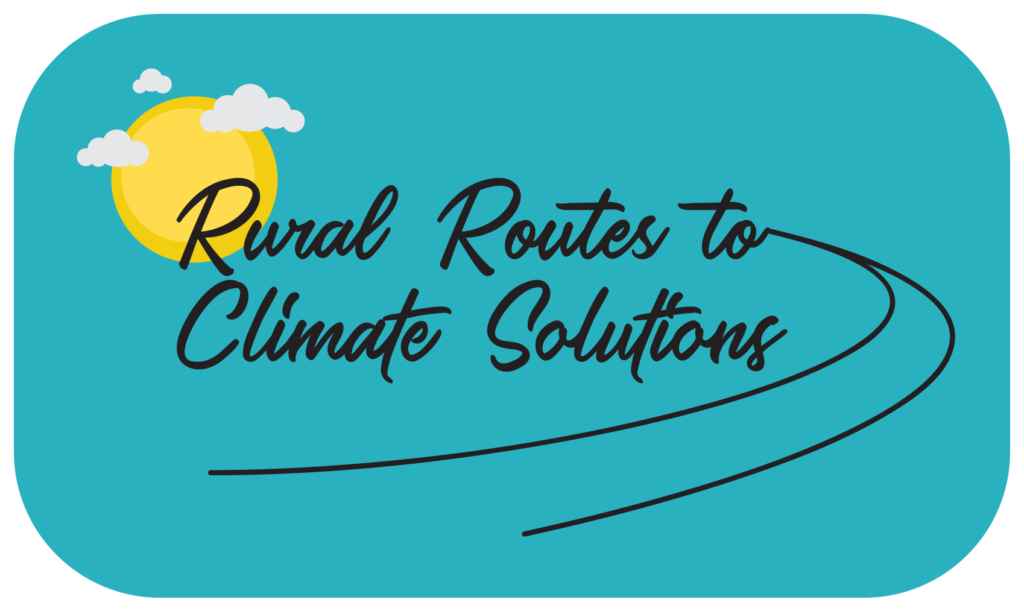EP 77 – Healthy Food, Healthy Environment – SoR Part 9
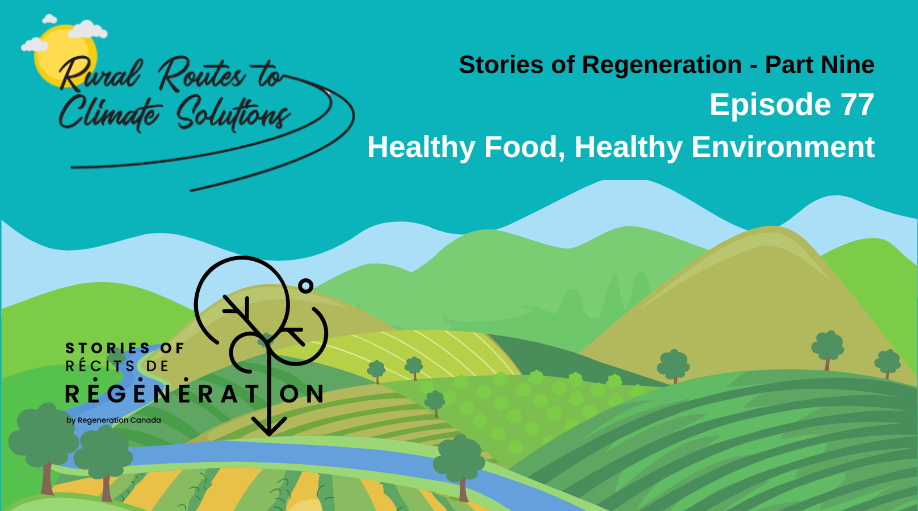
Podcast: Play in new window | Download
Subscribe: RSS
Facing his daughter’s health issues, rancher Craig Cameron and his family turned to regenerative farming to grow the healthiest food possible for her. Craig, alongside his father-in-law Peter DenOudsten, shifted their traditional beef farm to a regenerative model. They now grow over 10 types of grass and clover, use less fertilizer, and produce some of the healthiest, most nutritious beef you can find.
EP 74 Niitsitapi Agriculture Certificate
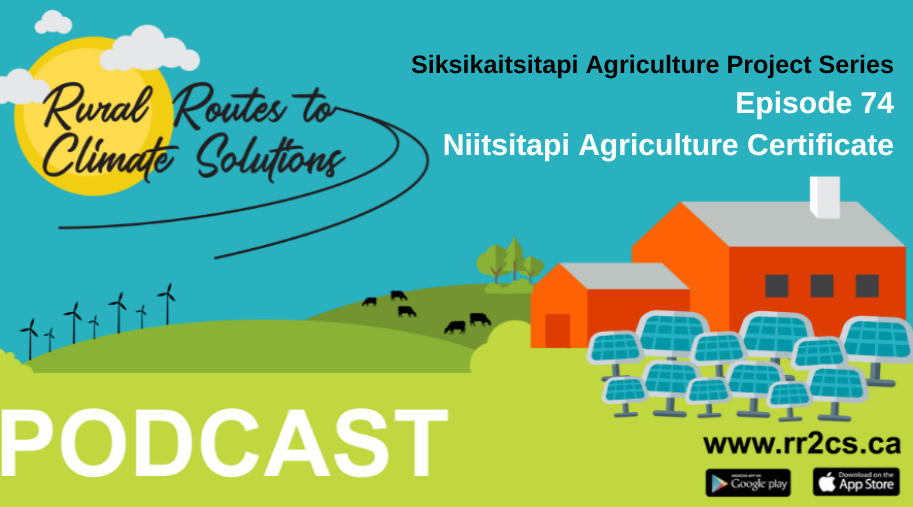
Podcast: Play in new window | Download
Subscribe: RSS
You never know what Mother Nature is going to dish out, whether it is going to be the good, the bad or the ugly, so being able to observe, learn and adapt can be just as handy as mechanical skills.
And now we have educational programs that blend Blackfoot ways of knowing and agriculture.
In this episode of Rural Routes to Climate Solutions, we are taking a look at the Red Crow Community College’s Niitsitapi Agriculture Certificate Program with JR Weasel Fat of Kainai, Alberta.
The Healing Power of Collaboration – Timber Ridge, Stavely, Alberta
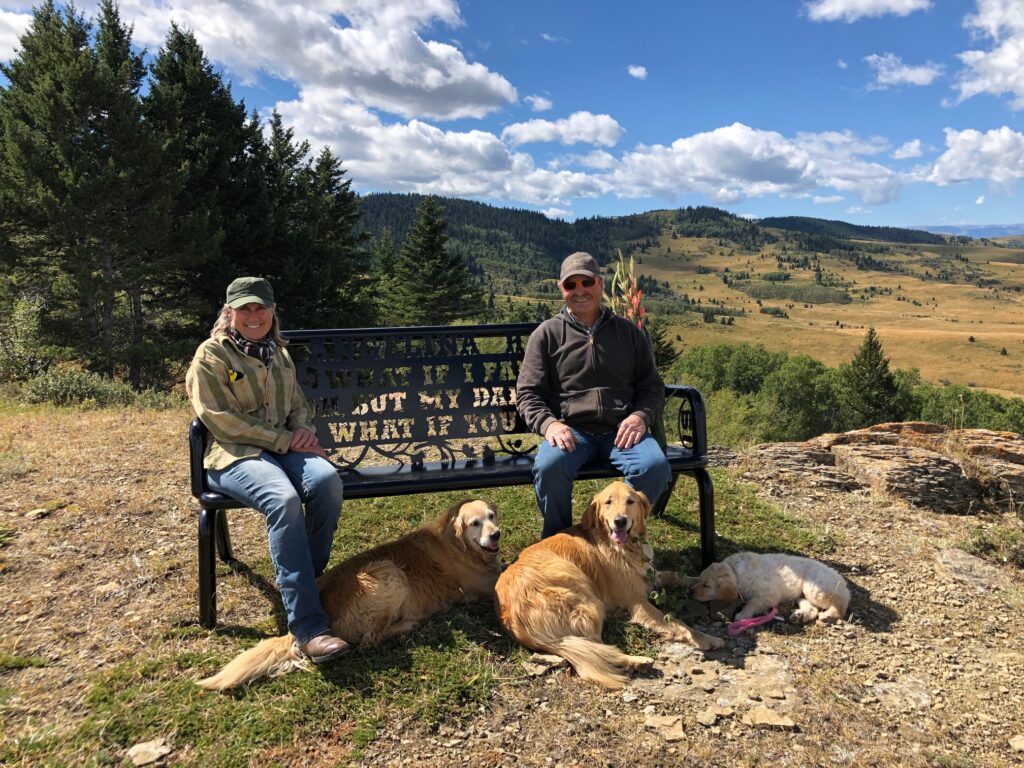
Glen and Kelly Hall have been managing Timber Ridge Ranch, a 480-acre farmland situated an hour south of Calgary near Stavely, Alberta, for over 40 years. Their approach to agriculture involves regenerative practices and the conversion of their land back to perennial coverage, including the cultivation of multi or polyculture crops for swath grazing. Their operations primarily consist of a cow-calf program with approximately 200 mother cows, and they also custom graze calves from fall to spring.
Since 2018, the Halls have been on a mission to collaborate with local organizations to rejuvenate their land, which was previously subjected to conventional farming methods involving fertilizers, herbicides, and pesticides. Over the last four decades, they have seeded an impressive 5,000 acres, aiming to enhance biodiversity both above and below the soil.
We spoke to the Halls about the challenges of ranching in Alberta’s drought-prone “banana belt” and how they’re adapting their practices to “drought proof” against increasingly warming temperatures and extreme conditions.
Polycultures: Harnessing Grazing Power August 10th, 2023
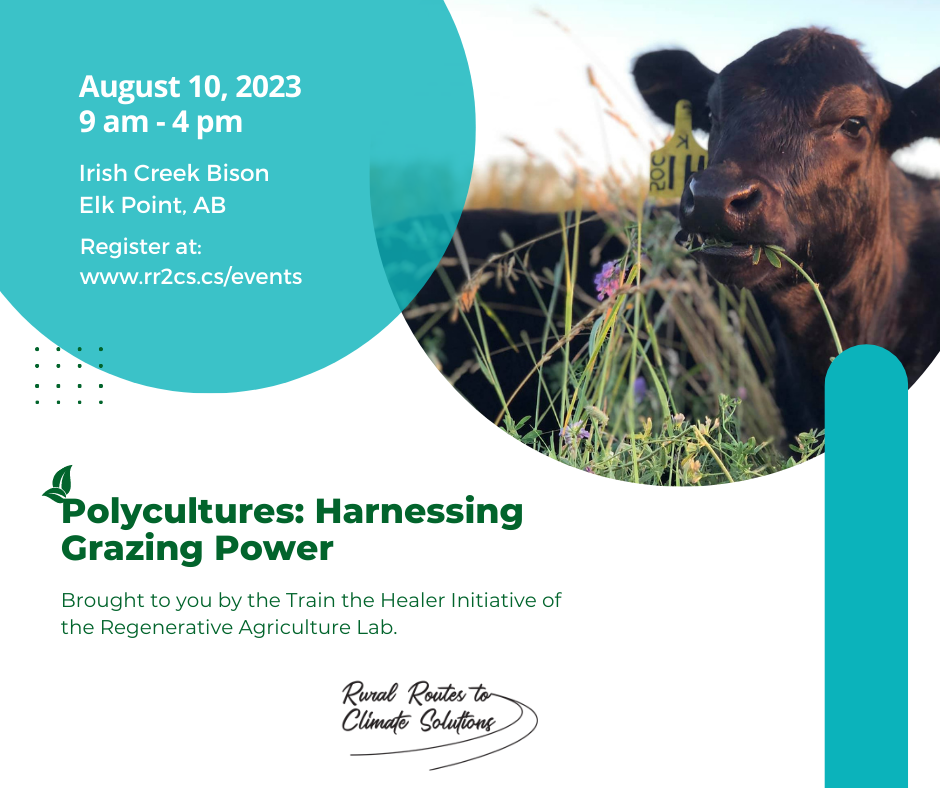
Join Rural Routes to Climate Solutions and the Train the Healer Initiative of the Regenerative Agriculture Lab in a hands-on polyculture learning opportunity.
EP58 Fungi in Drought
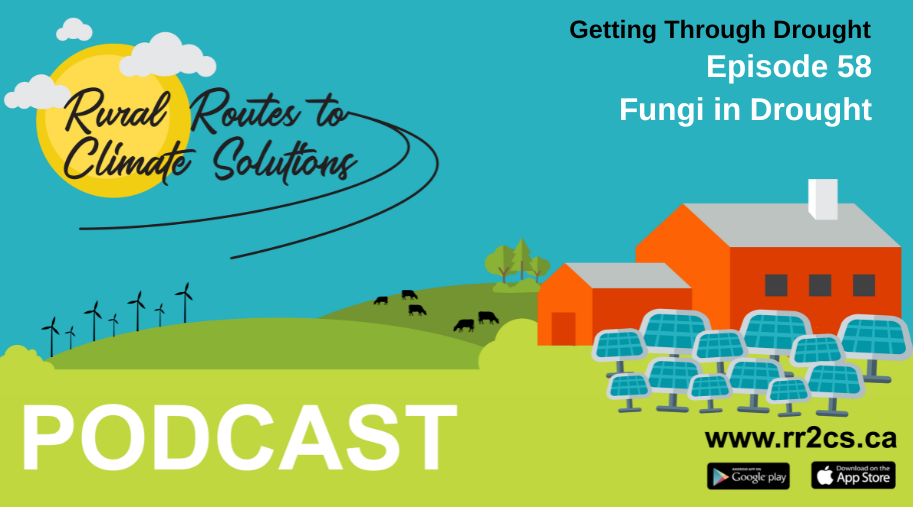
Podcast: Play in new window | Download
Subscribe: RSS
In recent years, mycorrhizal fungi have become a hot topic, especially when talking about soil health.
Mycorrhizal fungi are vast networks of nutrient exchange between plants and other microscopic critters you can find in the soil. Fortunately, the management practices for maintaining this conduit of nutrient exchange tend to be the same ones we’d use in good pasture management.
Can this vast network under our feet help out calf-cow producers in a dry year?
EP57 Riparian Accounts Part Two
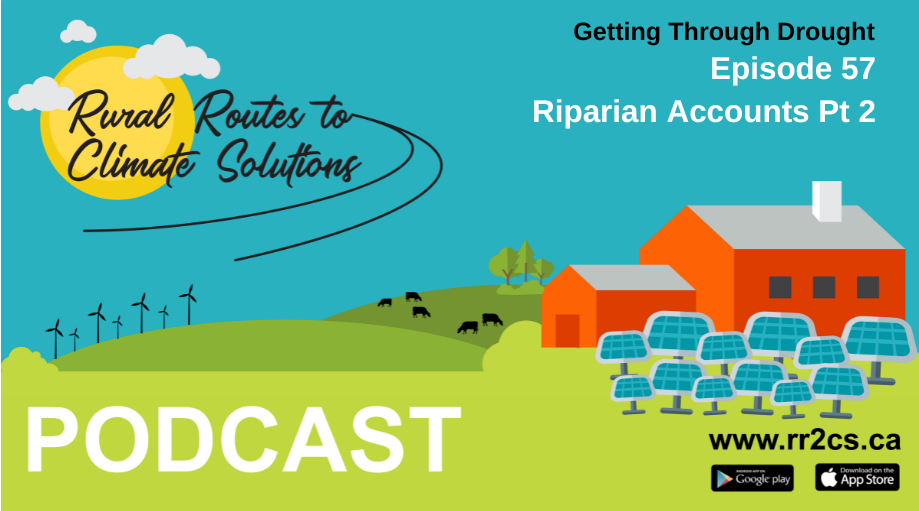
Podcast: Play in new window | Download
Subscribe: RSS
Riparian areas can be a value-added project of the wetlands on your land if you choose to leave your wetlands intact. The wetland itself is great for maintaining the water table and can become an important source of water for your cattle.
In this episode, you’ll be hearing from Art Goerzen of Adullam Ranch to get an additional perspective on why riparian areas can be handy in times of drought.
Producing the Perfect Potato and Soil Health to Handle Environmental Stress—The Perry Farm—Chin, Alberta
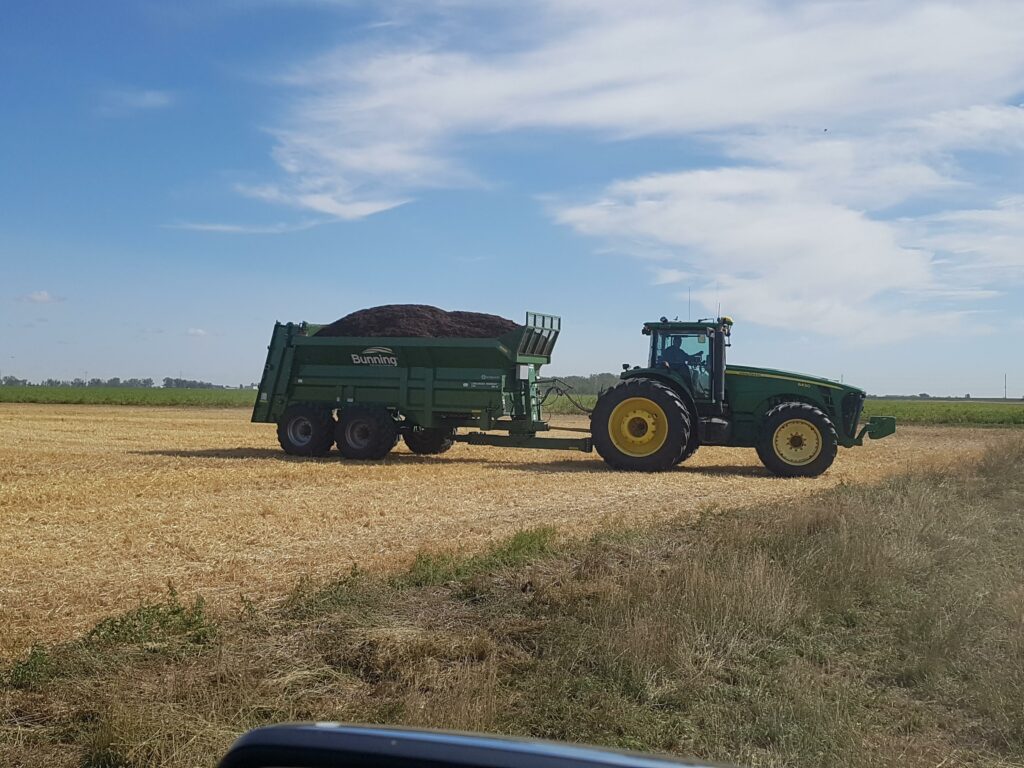
If you’re enjoying a bag of potato chips in Western Canada, there’s a 1 in 5 chance the potatoes were grown by Harold Perry and his family at the Perry Family Farm, a fourth-generation operation located in Lethbridge County in southern Alberta.
Together, Harold and his brother, Chris, and his father, Gerald, work collaboratively as partners to manage 5000 acres of irrigated land producing potatoes—varieties of chippers, russets, and red Mozart potatoes—along with other field crops, including hard red spring wheat, winter wheat, barley, sunflowers, green peas, seed canola. The Perry family prioritizes environmental stewardship through their approach to soil management and a number of exciting renewable energy projects that they’re implementing on the farm.
In Conversation with Rachel Herbert – Trail’s End Beef – Nanton, AB

‘Sustainability’ is what drives the Herbert family, owners of Trail’s End Beef, a grass-fed and finished beef ranch, nestled outside of the town of Nanton, in the Porcupine Hills of southern Alberta. Rachel and Tyler, with the help of their two children, practice rotational grazing management and steward the native grasslands, rolling hills, abundant springs, and sheltering poplar and willow groves. They raise calves entirely on pasture (and stored forage through the winter) until they’re 26 to 29 months-old, and direct market the beef to a diverse customer-base in southern Alberta.
The Herbert family ranches with an ethic for animal care, and environmental stewardship and regeneration, protecting watersheds, planting cover crops, and allowing the land to rest between grazing. They share the native grassland with a variety of wild ‘neighbours’, including geese, songbirds, coyotes, muskrat, cougars and grizzly bears.
